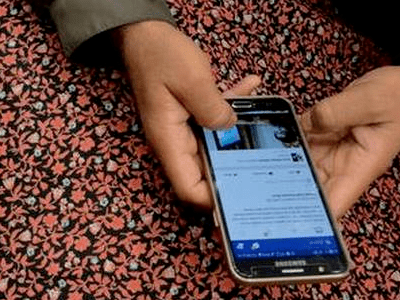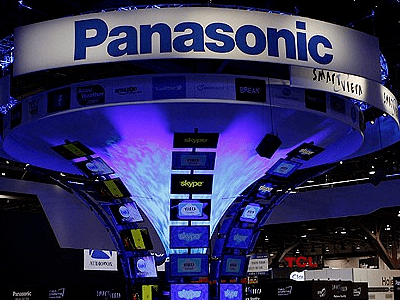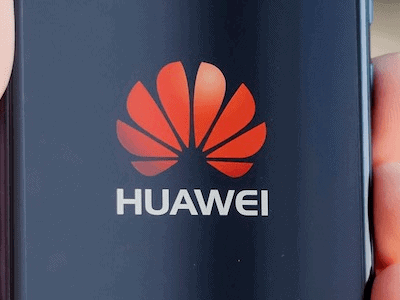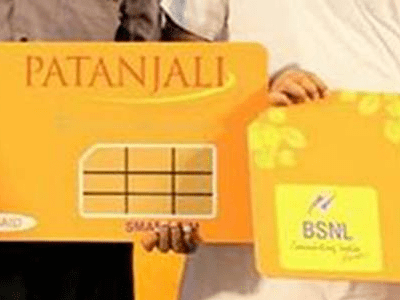2G Internet users to go off the India telecom landscape by June 2019
Share This Post

Jio’s entry into the India market was a disruption in many ways. Not only it kicked off the change in orientation of telcos from voice to data, the Internet also became synonymous with broadband in the wireless space.
In the pre-Jio era, the decline in wireless narrowband users was taking place at a quarterly average of 3% that got spurred 4 times after its entry. Had the decline been continuing at 3% quarterly average, the forecast suggests 2G based internet subscribers could go off the scene in India over the next decade. However, technology adoption and market acceptance would have propelled it signing off the last subscriber using narrowband wireless internet by around 2022, assuming 2G services would continue beyond 2020.
However, after Jio’s entry, the projections indicate that by the first quarter of 2020, India would have zero subscribers using 2G internet services. This advance is because of the exponential growth in the decline rate after Jio on the scene, which has been 12% average every quarter.
With the 4G cellular capability now in a FeaturePhone as well as bundling of entry-level Smartphones by various incumbent operators, the pace towards 4G becoming the default wireless internet access is on the rise. This translates to effectively all wireless broadband users accessing the internet over broadband marking not only end to the addition of narrowband wireless subscribers but also increasing the declining rate.
In addition to 4G handsets – Feature as well as Smart, becoming affordable, the declining prices per GB of 4G data and penetration of services in Tier 3 cities and rural geographies of the country is only going to further expedite the process of all subscribers accessing the internet over wireless to be on 4G or broadband.
It is expected that all the above changing technology and market dynamics will advance the projected zero narrowband wireless internet subscribers (2G Internet Subscriber) by 2-3 quarters. This means India would become all wireless subscribers accessing the internet using 4G technology and mark end of the era of narrowband wireless internet users. Though the usage of narrowband wireless internet will not go as certain IoT applications like smart parking could efficiently work over the 2G infrastructure.

Jio’s entry into the India market was a disruption in many ways. Not only it kicked off the change in orientation of telcos from voice to data, the Internet also became synonymous with broadband in the wireless space.
In the pre-Jio era, the decline in wireless narrowband users was taking place at a quarterly average of 3% that got spurred 4 times after its entry. Had the decline been continuing at 3% quarterly average, the forecast suggests 2G based internet subscribers could go off the scene in India over the next decade. However, technology adoption and market acceptance would have propelled it signing off the last subscriber using narrowband wireless internet by around 2022, assuming 2G services would continue beyond 2020.
However, after Jio’s entry, the projections indicate that by the first quarter of 2020, India would have zero subscribers using 2G internet services. This advance is because of the exponential growth in the decline rate after Jio on the scene, which has been 12% average every quarter.
With the 4G cellular capability now in a FeaturePhone as well as bundling of entry-level Smartphones by various incumbent operators, the pace towards 4G becoming the default wireless internet access is on the rise. This translates to effectively all wireless broadband users accessing the internet over broadband marking not only end to the addition of narrowband wireless subscribers but also increasing the declining rate.
In addition to 4G handsets – Feature as well as Smart, becoming affordable, the declining prices per GB of 4G data and penetration of services in Tier 3 cities and rural geographies of the country is only going to further expedite the process of all subscribers accessing the internet over wireless to be on 4G or broadband.
It is expected that all the above changing technology and market dynamics will advance the projected zero narrowband wireless internet subscribers (2G Internet Subscriber) by 2-3 quarters. This means India would become all wireless subscribers accessing the internet using 4G technology and mark end of the era of narrowband wireless internet users. Though the usage of narrowband wireless internet will not go as certain IoT applications like smart parking could efficiently work over the 2G infrastructure.
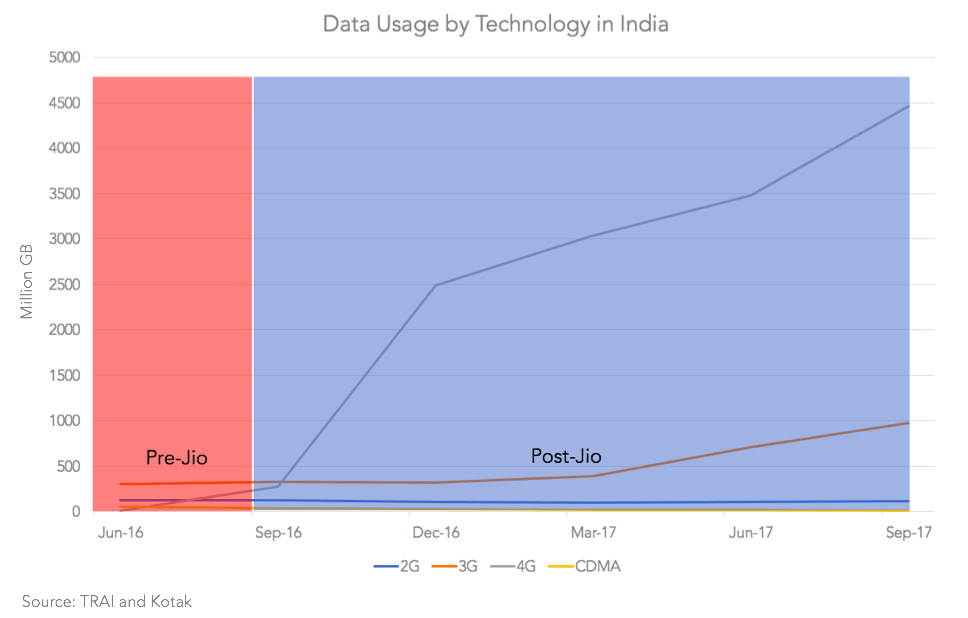
However, to achieve this, operators shall have to focus on around 100 million narrowband internet subscribers that existed as of September’17 end by devising an upgrade programme for them where mere bundling of the entry-level smartphone might not suffice. Operators shall have to understand these consumers deeply and engage with them to maneuver them up the ladder.




